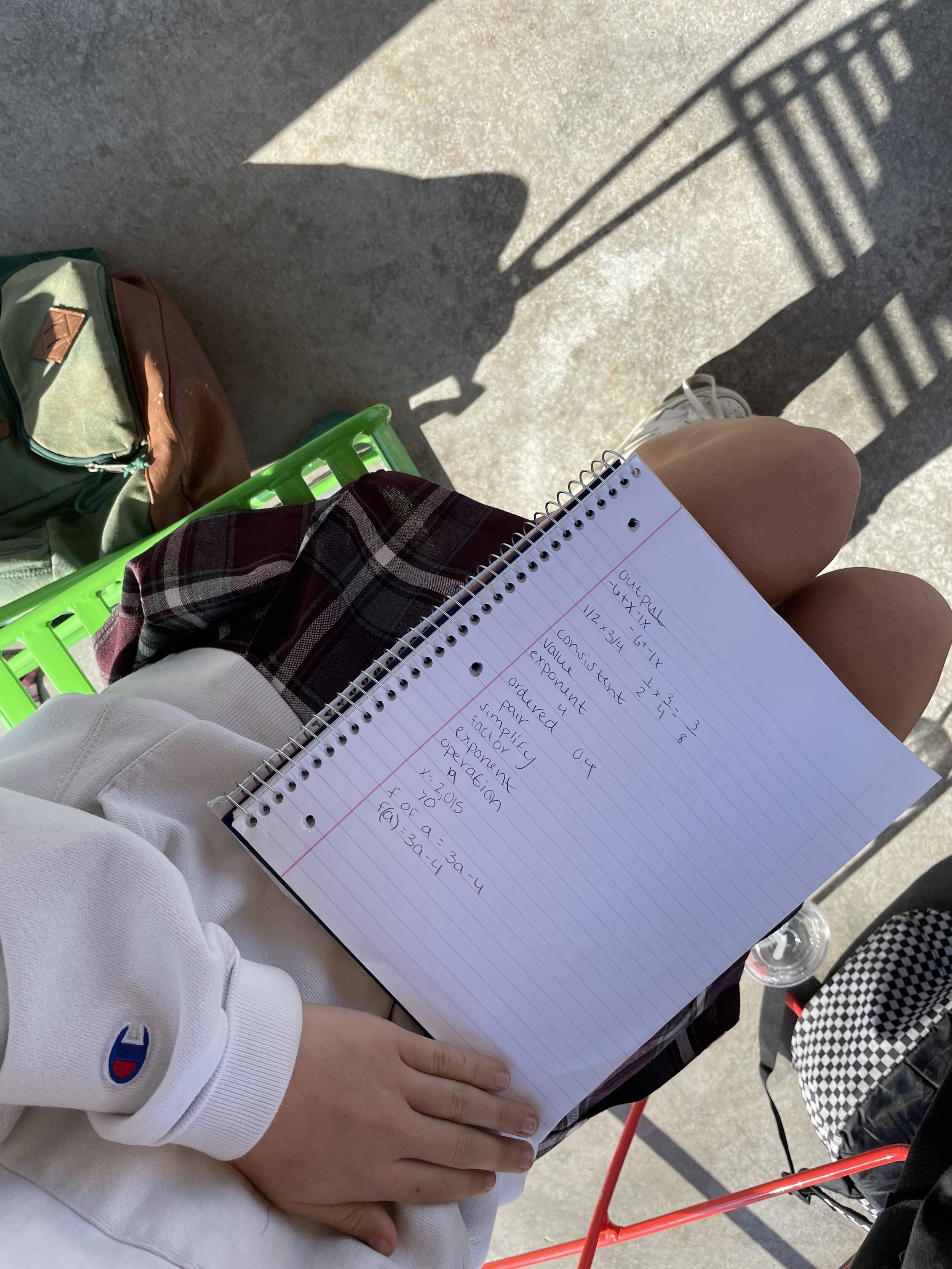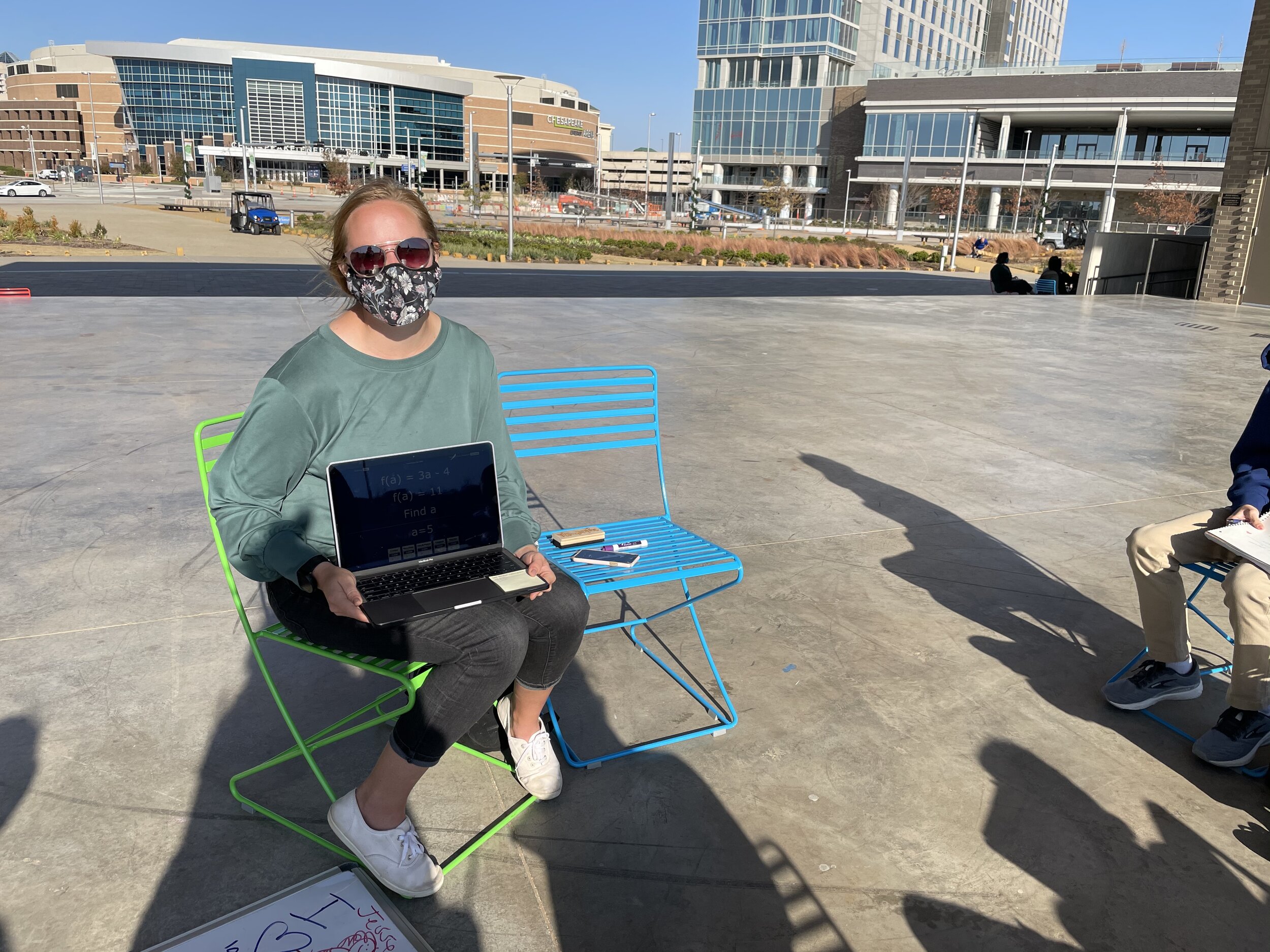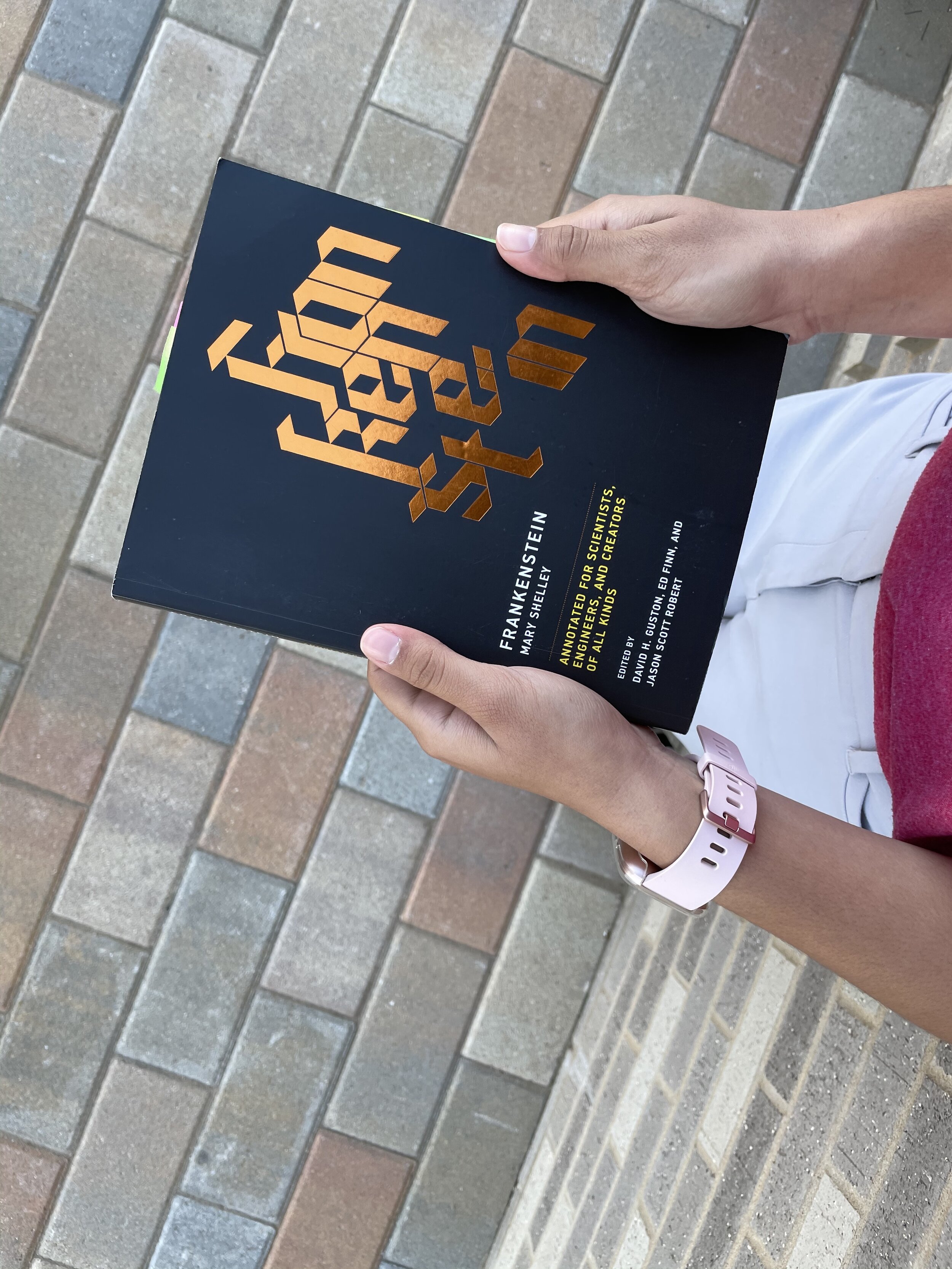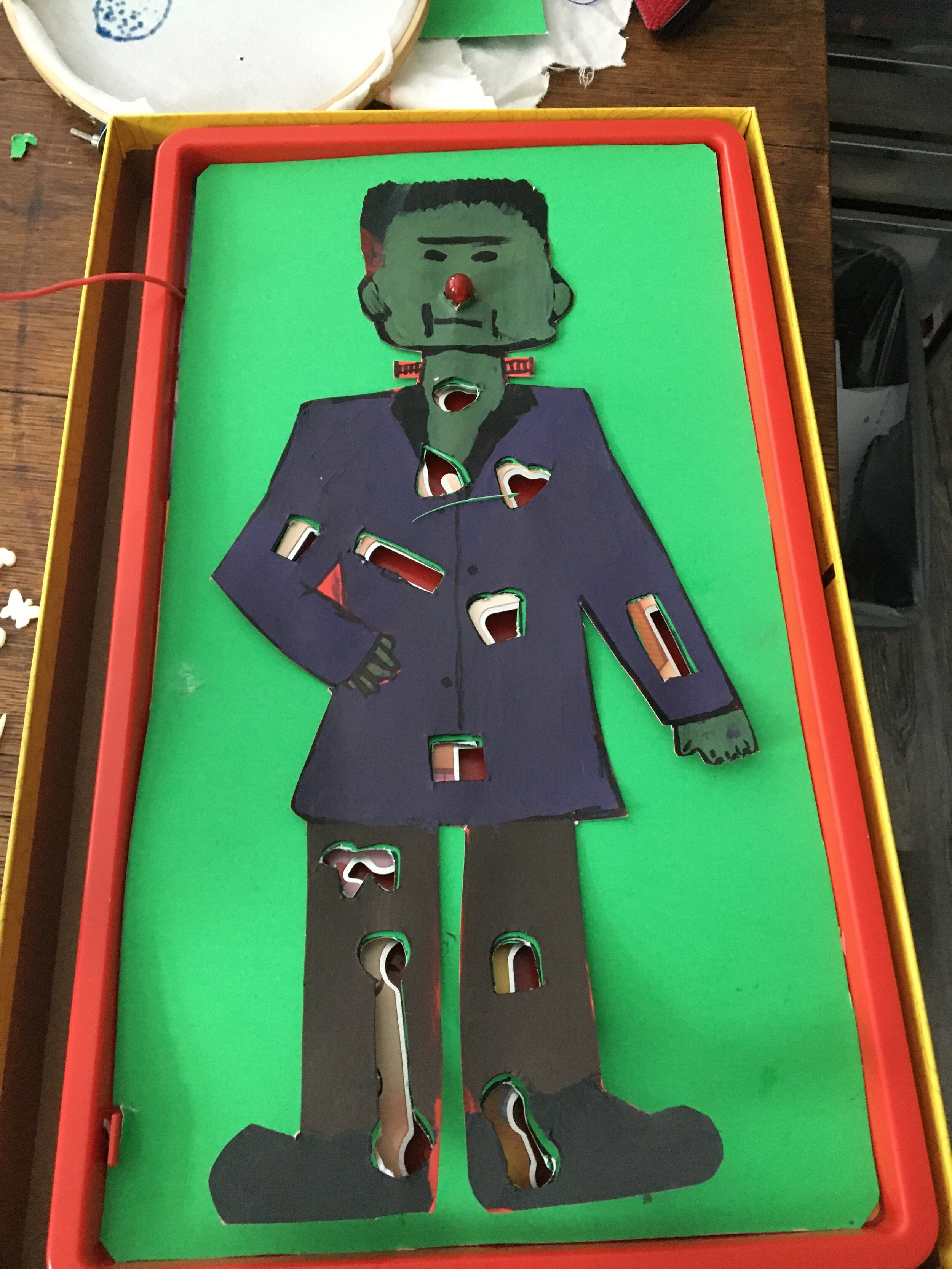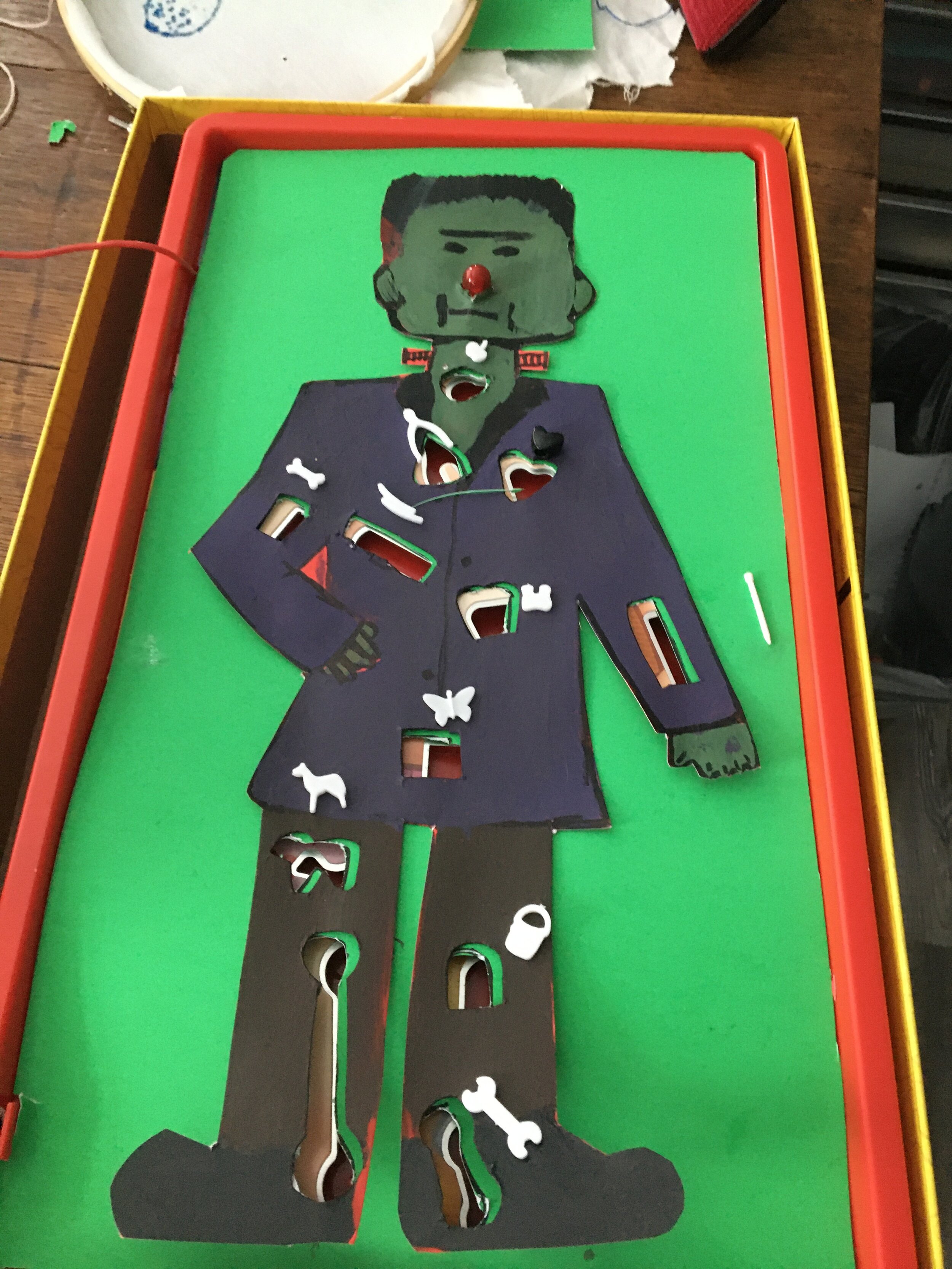Kyla C.
For my celebrations, I made two model clay figures representing Mallard ducks. One of my figures represents a male with bright vibrant colors, and the other a female with dull neutral colors. In class, we spent a week talking about animal reproduction and their mating preferences. I was influenced to do this project by talking about different animal’s mating preferences and how they are attracted to one another.
A female Mallard duck is attracted to a male mallard duck because of how aggressive they show to be and their vibrant colors. Many animals like Mallard ducks, are attracted to colors and aggressiveness because it shows the female they will protect them. This is how many animals are attracted to each other, although many animals have different mating preferences. From this project, I would like people to take away the main point of animal’s mating preferences because it is something that really interested me due to the fact that humans have their own distinct way of their mating preferences.
In making this project, I learned how to use clay to make large animals. I think that it taught me to use a lot of patience in waiting for the clay to dry and taking my time to paint it and make it look realistic.
Poetry for my Future Daughter’s Mother
by Sophia W.
My unborn child’s
Methane-stained cheeks
Brand her:
Past humanitarian mistakes
As calcine red trails,
Echoing the wildfires.
Feral humanity wreaks
Cataclysm on the communal Mother
Who went unappreciated.
She birthed fauna - we maimed -
Then planted flora in their gravesites.
We became erudites to
Lackadaisical trample,
Heavy-footed. Empty-headed.
Because I became friendly with
Lungfuls of disease,
My daughter will dance with
Hot wires of industrialization,
Leaning into the sticky web
Of pure convenience
Immediate gratification has to offer.
My daughter, the bee,
Grew with the pesticide
Of inevitable extinction
By the hand of god:
The primate, Homo sapien.
A lonely religion.
Its white knuckles decimated
The only Mother humanity knew.
And the only life worth saving.


